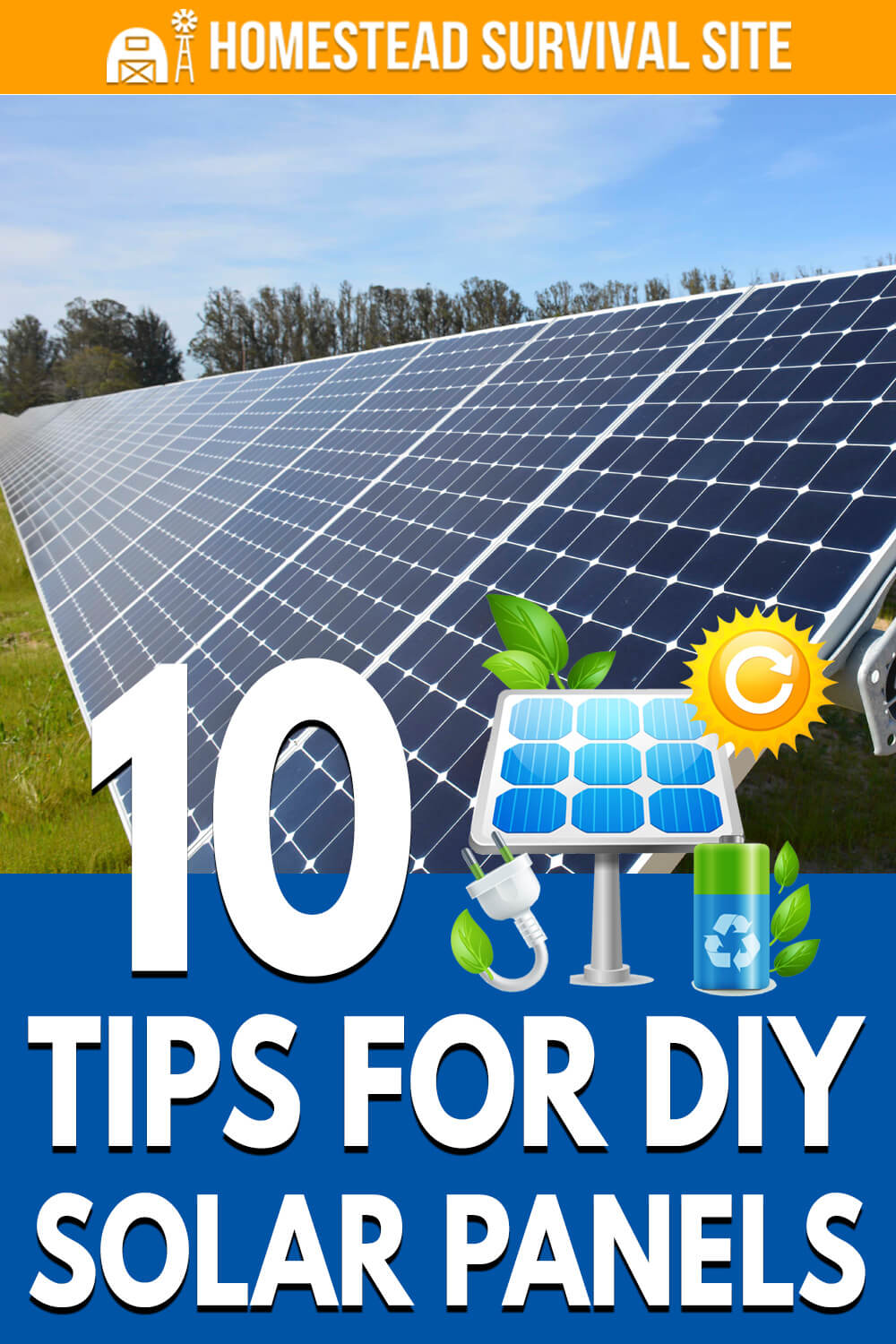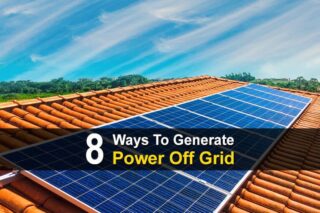Estimated reading time: 4 minutes
The use of solar panels is a fantastic way to conserve energy and contribute to a sustainable environment. Unfortunately, they can cost a lot up-front. If you want to save money, do the work yourself. While you may not be able to cover your entire house with these right away, it's an excellent opportunity to educate yourself.
Here are 10 essential tips to help you install your own solar panels.
Want to save this post for later? Click Here to Pin It On Pinterest!
1. Measure Your Usage
Before you purchase a single panel, check your electricity bills to see how much energy you use. Take a look at your bills and determine your monthly average. Divide that to figure out how much you use per day.
Next, you'll need to find out how many hours of sun your area receives. Take your regular kWh usage and divide it by the number of daily peak sun hours. This number will tell you how many panels you'll need.
2. Prepare the Space
Once you choose where you want your panels to operate, you can start to prepare the space. Make sure you have the proper surface area, whether on the roof of a barn or shed.
If this is an area that didn't have electricity before, figure out how to wire it. Add in the necessary fixtures and appliances as well.
3. Examine Types of Panels
You can find three different kinds of solar panels for home use – monocrystalline, polycrystalline and thin film. Each is different than the next, as they fluctuate in cost, structure, and power.
It's essential to look at the discrepancies and see what's best for you. It helps to check your numbers against their output capabilities.
4. Grid-Tied or Off-Grid?
Decide if you want to use a grid-tied or off-grid system. The former allows you to store the power you've generated in a utility grid, which is owned by a company. They'll credit you for the energy and let you use it when you want.
If you don't have access to power lines, go with the latter. You'll need a battery to store the electricity.
5. Research Supplies
For everything to operate correctly, you'll need to grab the right supplies for a residential system. Aside from panels, you'll need a charge controller, inverter, copper wires and more.
Find out what's necessary for your specific uses as well to ensure you don't run into any issues during installation.
6. Consider a Kit
Many retailers offer solar panel installation kits. These buys include all of your essential items, meaning you don't have to hunt for each piece individually.
If this part of the process overwhelms you, a kit can relieve some of the stress.
7. Use New Parts
Try not to use a jumble of equipment. Doing so can cause issues with compatibility, as a five-year-old inverter you scored from a friend may not work with items you bought brand new.
Even if it costs a little more, try to use pieces you know will work together.
8. Buy a Battery Back-Up
A solar power system can fail during inclement weather, just like traditional energy sources.
To ensure this doesn't happen on your property, consider a battery back-up, which will keep the lights on in an emergency.
9. Plan for the Future
Because this is a do-it-yourself method, some extra planning needs to take place. In some cases, you can't just add a few grids if you want to expand your system.
Your other equipment will have to be scaled to match. Make sure you have a vision for your project and how it may develop in the future.
10. Test It Out
Once you've bought your panels and other pieces of equipment, you'll need to test them out before you properly install them. Configure some of your panels in a workspace and take them outside.
Place them in the sun to see how they work. This step ensures you can fix any problems before you secure the equipment in place.
Want to DIY Your Solar Project? Preparation Is Key
A do-it-yourself solar panel system is an effective way to save money and teach yourself new information. Follow these 10 quick and easy tips to make installation a breeze.
Like this post? Don't Forget to Pin It On Pinterest!









